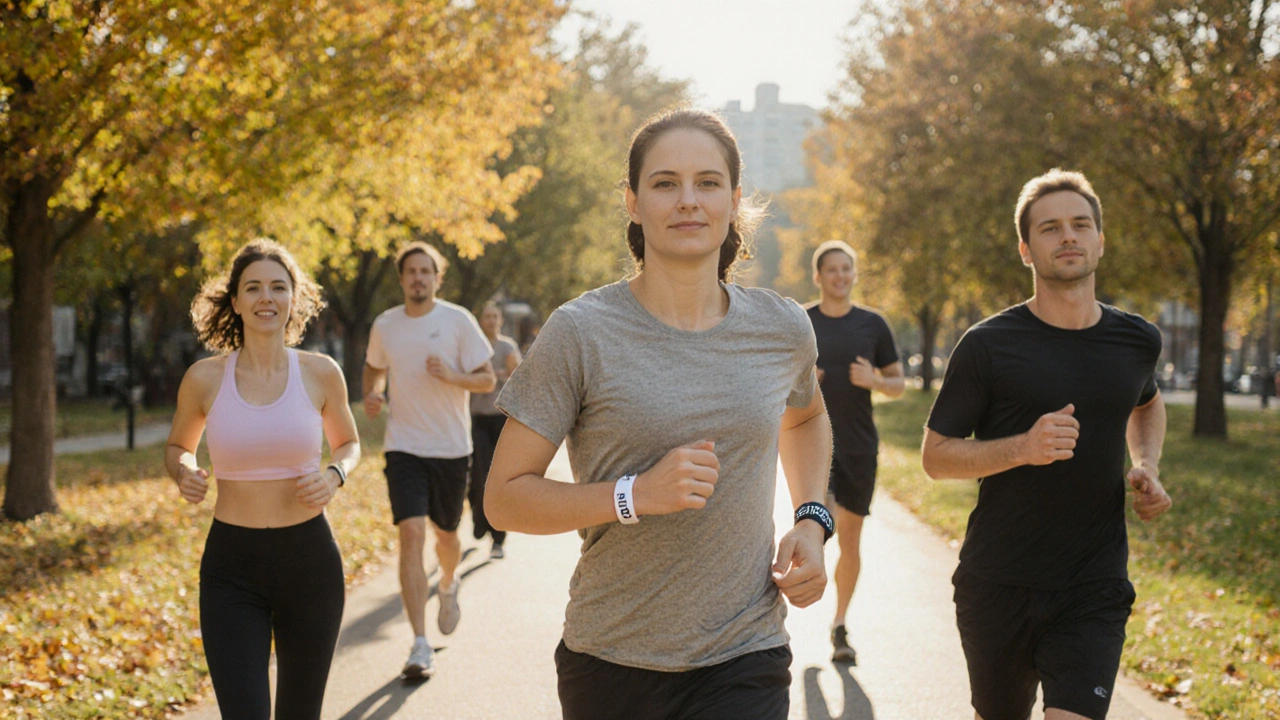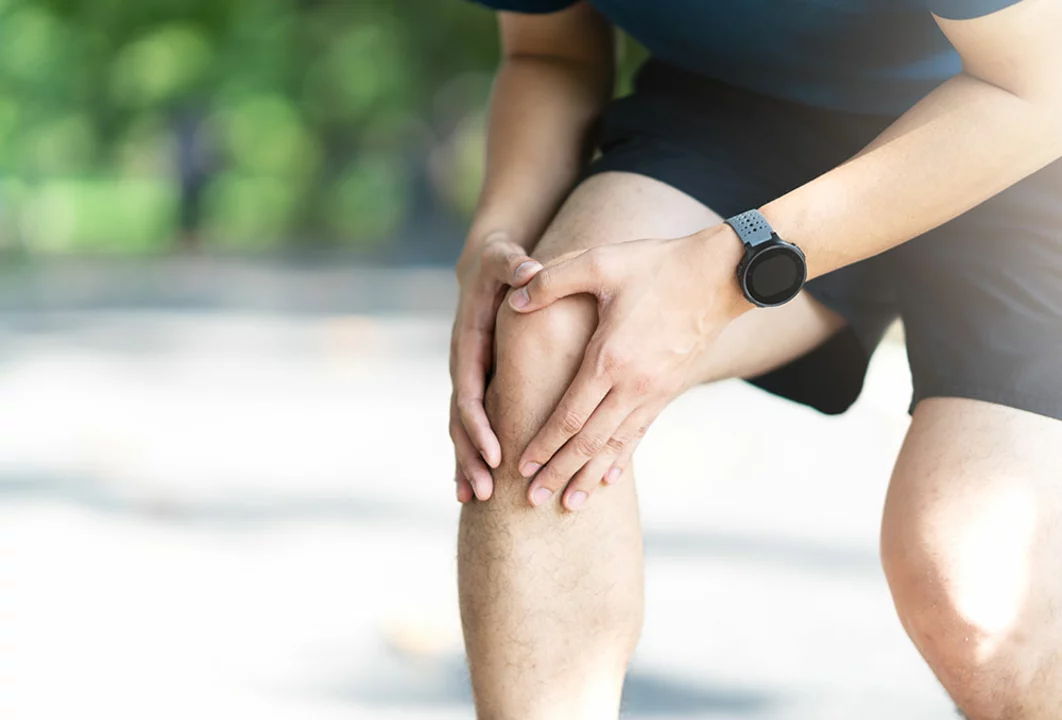Exercise: simple, useful steps to move more and feel better
Want to get fitter without complicated plans or drama? Start with a few habits you can actually keep. This short guide gives clear workout options, recovery tips, and safety notes for people taking meds or managing health conditions. No hype — just useful stuff you can try this week.
Start smart: build a routine that lasts
Begin with three basic types of movement: cardio, strength, and mobility. Cardio means walking, cycling, or jogging for 20–40 minutes, three times a week. Strength training uses bodyweight moves (squats, push-ups, lunges) or a resistance band twice a week. Mobility is five to ten minutes of stretching or joint work every day. Pick times that fit your schedule and keep sessions short at first — 15 to 30 minutes beats a single long session you hate.
Choose realistic progress: add 5–10 minutes per week, or one extra set of exercises every 7–10 days. Track workouts in a simple notebook or phone app. Small, steady gains stick better than big, sudden jumps.
Exercise with medications and health issues — quick safety tips
If you take blood pressure meds like valsartan (Diovan), exercise can help lower your numbers, but start slowly and monitor how you feel. If you use beta blockers, your heart rate won’t rise as much, so use perceived effort (easy/moderate/hard) rather than heart rate zones. People on diabetes meds should check blood sugar before and after activity and carry a quick source of carbs.
For those on antidepressants (sertraline) or benzodiazepines (lorazepam), watch for dizziness or sedation. Avoid high-risk activities until you know how a drug affects you. If you use anticoagulants or have bleeding issues, avoid contact sports and ask your clinician which activities are safest.
If thyroid issues affect your energy, adjust intensity. Hypothyroid fatigue often requires gentler sessions at first; hyperthyroid symptoms like palpitations mean check with your doctor before pushing intensity.
Useful practical tips: always warm up five minutes, cool down five minutes, and hydrate. Use proper footwear and a clean, flat surface. When strength training, focus on form: a mirror or a quick video of yourself helps. Rest days matter — they let muscles rebuild. Sleep and protein after workouts speed recovery.
Supplements can help some people. Omega-3s support recovery and inflammation control; protein powder helps post-workout repair; magnesium can ease cramps. Don’t start supplements without checking interactions with your prescriptions.
If something hurts in a sharp, sudden way, stop. If you feel chest pain, faint, or severe breathlessness, get emergency help. Talk to your healthcare provider before starting a new high-intensity program, especially if you have heart disease, uncontrolled blood pressure, or complex medication regimens.
Start with small, specific steps this week: add a 20-minute walk on two days, do one 10-minute bodyweight circuit, and stretch each morning. Those three moves make fitness simple, safe, and sustainable.



